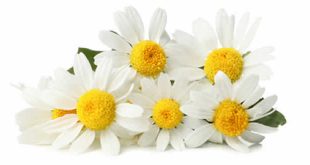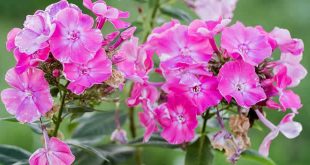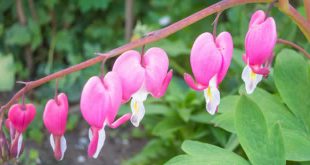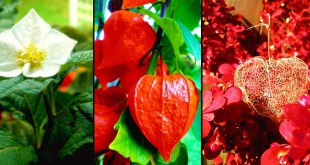 Poison Hemlock — Conium is a genus of two species of perennial herbaceous flowering plants in the family Apiaceae, native to Europe and the Mediterranean region (C. maculatum), and to southern Africa (C. chaerophylloides).
Poison Hemlock — Conium is a genus of two species of perennial herbaceous flowering plants in the family Apiaceae, native to Europe and the Mediterranean region (C. maculatum), and to southern Africa (C. chaerophylloides).
By far the most familiar species is Conium maculatum (Hemlock or Poison Hemlock), the most common of several species of hemlock noted for their toxicity. It is a herbaceous biennial plant which grows between 1.5–2.5 m tall, with a smooth green stem, usually spotted or streaked with red or purple on the lower half of the stem. The leaves are finely divided and lacy, overall triangular in shape, up to 50 cm long and 40 cm broad. The flowers are small, white, clustered in umbels up to 10–15 cm across. The plant is often mistaken for fennel, parsley or wild carrot although the characteristic stem hairs of the wild carrots are missing. The Conium root is fleshy, white and often unbranched and can be mistaken for parsnip. When crushed, the leaves and root emit a rank, unpleasant odour often compared to that of parsnips.
Conium contains the alkaloids coniine, N-methylconiine, conhydrine, pseudoconhydrine, g-coniceïne and atropine.
The most important and toxic of these is coniine. Coniine is a neurotoxin, which disrupts the workings of the peripheral nervous system and is toxic to people and all classes of livestock. Coniine causes death by blocking the neuromuscular junction in a manner similar to curare; this results in an ascending muscular paralysis with eventually paralysis of the respiratory muscles which results in death due to lack of oxygen to the heart and brain. Death can easily be prevented by artificial ventilation until the effects have worn off.
Conium maculatum has been introduced and naturalised in many other areas, including much of Asia, North America and Australia. Poison hemlock is often found on poorly drained soils, particularly near streams, ditches, and other surface water.
A useful trick to determine whether a plant is poison hemlock rather than fennel, which it resembles, is to crush some leaves and smell the result. Fennel smells like anise or liquorice, whereas the smell of poison hemlock is often described as mouse-like or musty. Considering the high toxicity of poison hemlock, if the plant cannot be identified it must be discarded.
 Kids Portal For Parents India Kids Network
Kids Portal For Parents India Kids Network




